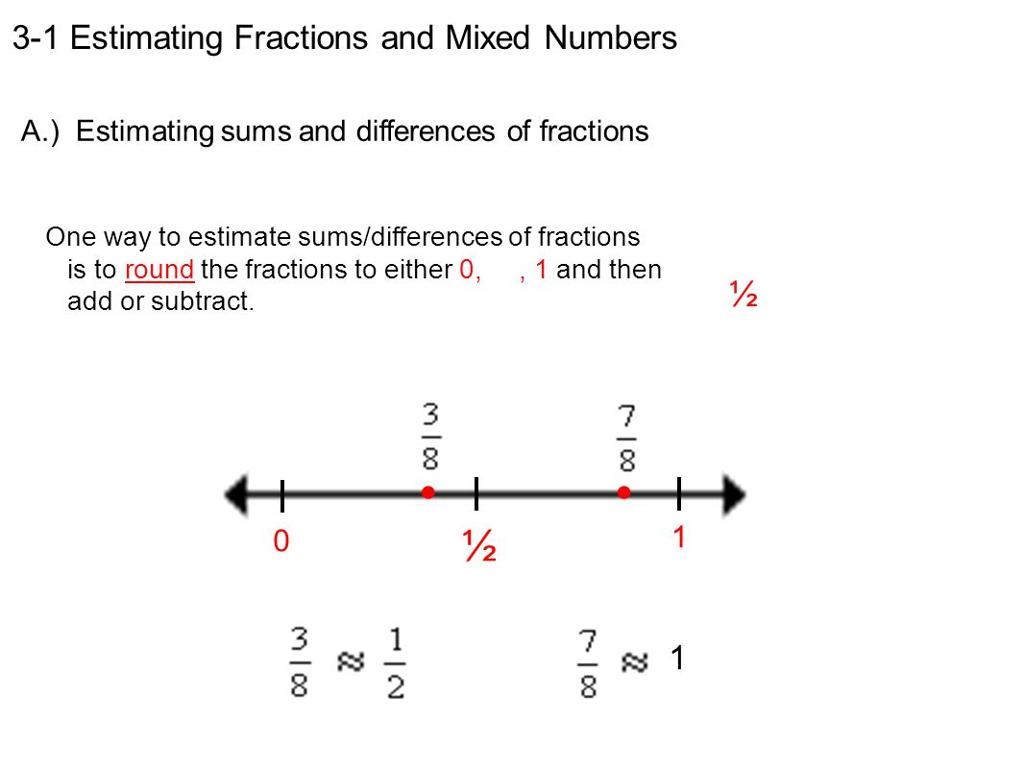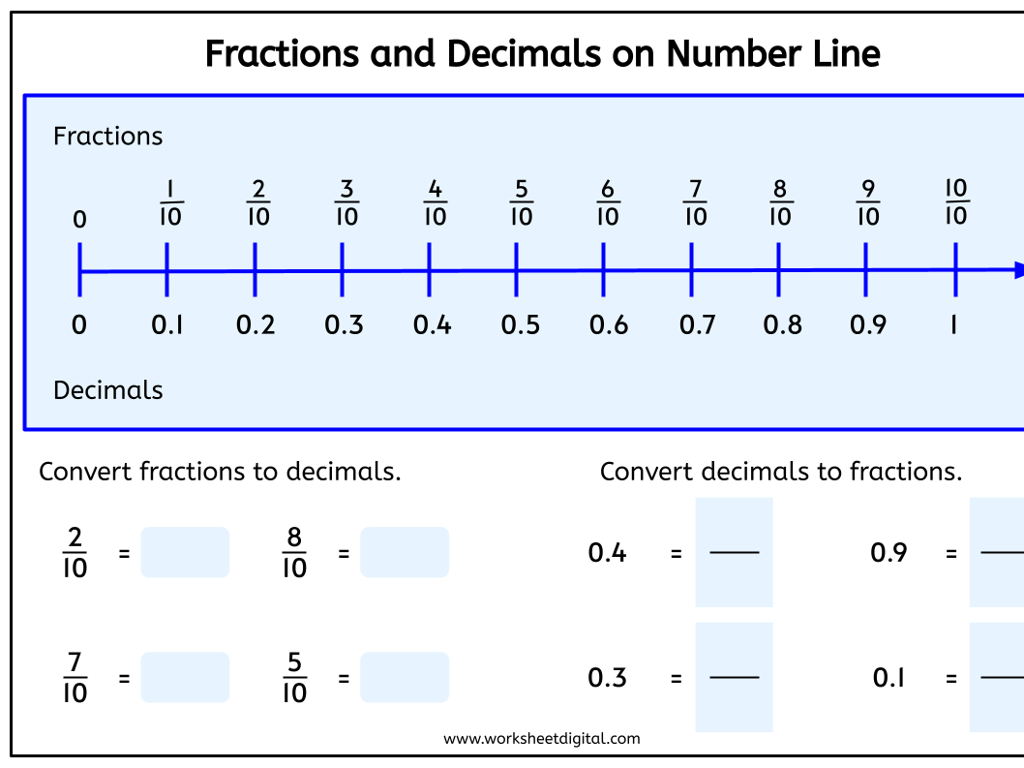The Civil War: The Conclusion Of The War
Subject: Social studies
Grade: Eighth grade
Topic: The Civil War
Please LOG IN to download the presentation. Access is available to registered users only.
View More Content
The Civil War: Understanding the Conclusion
– Recap key Civil War events
– Review major battles and turning points leading to the end of the war.
– Significance of the war’s end
– Explore how the end of the war marked a new chapter in American history.
– Preview war outcomes
– Discuss the Emancipation Proclamation and the Thirteenth Amendment.
– Impact on the United States
– Consider the long-term effects on national unity and civil rights.
|
This slide aims to provide students with a clear understanding of the final phase of the Civil War and its lasting impact on the United States. Begin with a brief recap of the key events, such as pivotal battles and political decisions, that led to the conclusion of the war. Emphasize the significance of the war’s end as a turning point in American history, marking the preservation of the Union and the beginning of Reconstruction. Highlight the outcomes, including the abolition of slavery and the legal changes that followed. Discuss the broader implications for civil rights and how the war shaped the nation’s future. Encourage students to reflect on the importance of these events and to consider how they continue to influence American society today.
Major Battles Leading to the Civil War’s End
– Pivotal battles overview
– Key battles set the stage for the war’s end
– Siege of Petersburg’s impact
– The Siege lasted 9 months, weakening Confederate forces
– Fall of Richmond explained
– Richmond’s capture symbolized the Confederacy’s collapse
– Confederate capital’s significance
– Losing the capital was a major blow to Confederate morale
|
This slide aims to summarize the crucial battles that led to the conclusion of the Civil War. Start with an overview of the battles that were turning points in the war. Discuss the Siege of Petersburg and how its prolonged nature drained the resources and morale of the Confederate forces. Explain the significance of the fall of Richmond, the Confederate capital, and how it marked the impending end of the Confederacy. Emphasize the psychological impact of losing the capital on the Confederate states. This slide should provide students with a clear understanding of how these major events contributed to the end of the Civil War.
Surrender at Appomattox: The End of the Civil War
– Lee’s surrender to Grant
– General Robert E. Lee surrendered to Ulysses S. Grant on April 9, 1865.
– Terms of surrender at Appomattox
– The terms allowed Confederate soldiers to return home with personal property.
– Fairness of the surrender terms
– Terms aimed to promote healing and unity, avoiding harsh penalties.
– Appomattox Court House significance
– The site symbolizes the end of the Civil War and beginning of national reconciliation.
|
This slide focuses on the pivotal moment of the Civil War’s conclusion with General Lee’s surrender at Appomattox Court House. Emphasize the historical significance of the meeting between Lee and Grant and how the generous terms of surrender were designed to restore national unity and avoid further suffering. Highlight the importance of Appomattox Court House as a symbol of the war’s end and the nation’s subsequent efforts towards reconstruction and healing. Encourage students to reflect on the impact of these events on the post-war United States.
The Aftermath of the Civil War
– Nation’s reconstruction post-war
– The South underwent major rebuilding of its political, social, and economic systems.
– 13th Amendment: End of slavery
– Ratified in 1865, it legally abolished slavery throughout the United States.
– Political and societal long-term effects
– Shifts in power, civil rights movements, and ongoing racial tensions shaped the nation.
– Rebuilding the South’s economy
– Efforts to revive agriculture and infrastructure, while integrating freed slaves into society.
|
This slide aims to summarize the significant consequences and changes following the Civil War. Emphasize the extensive efforts required to rebuild the South and the nation as a whole, touching on the political, social, and economic challenges faced during the Reconstruction era. Highlight the 13th Amendment as a pivotal moment in American history that officially ended slavery. Discuss the long-term effects on American politics, including the shift in power dynamics and the emergence of civil rights movements, as well as the persistent societal impacts, such as racial tensions that continue to influence the country. Encourage students to reflect on how these historical events have shaped modern American society and to consider the ongoing process of addressing the legacies of the Civil War.
Reflections on the Civil War: Its Legacy
– Human cost of the Civil War
– Over 620,000 soldiers died, civilian casualties, and societal impact.
– War’s impact on U.S. future
– The war led to the abolition of slavery and set the stage for Reconstruction.
– Learning from the past
– Studying history helps avoid repeating mistakes and fosters understanding.
– Remembering the Civil War
– Memorials, literature, and education keep the memory of the war alive.
|
This slide aims to encapsulate the profound effects of the Civil War on American society. Emphasize the staggering human cost, not just in terms of lives lost but also the lasting impact on communities and the nation. Discuss how the outcome of the war shaped the United States’ trajectory, particularly with the end of slavery and the long road to civil rights. Highlight the importance of historical reflection to learn from past conflicts, ensuring students understand the value of studying history. Encourage them to consider how the Civil War is remembered today through various means and the role this memory plays in contemporary society.
Role-Play Activity: Surrender at Appomattox
– Divide into groups for role-play
– Prepare a skit: Union or Confederate
– Imagine being a soldier, create dialogues
– Discuss soldiers’ feelings at surrender
– Consider emotions: relief, sadness, hope
– Share perspectives post-skit
– Reflect on the impact of surrender
|
This class activity is designed to help students empathize with the historical figures involved in the Civil War’s conclusion. By role-playing the surrender at Appomattox, students will explore the complex emotions and perspectives of both Union and Confederate soldiers. Teachers should guide students in understanding the historical context and encourage them to research their roles. Possible variations of the activity could include writing diary entries, creating letters to loved ones from a soldier’s perspective, or even a mock press conference post-surrender. The goal is to foster a deeper understanding of the human aspect of the Civil War’s end.
Wrapping Up: The Civil War’s End
– Recap today’s key lessons
– Read about the war’s lasting effects
– How did the war shape modern America?
– Upcoming quiz: war’s conclusion
– Review the events leading to the end of the war.
– Reflect on the Civil War’s impact
– Consider how the Civil War influences today’s society.
|
As we conclude today’s lesson, ensure students have a clear understanding of the key events that led to the end of the Civil War. For homework, assign a reading that explores the war’s profound effects on modern America, including social, political, and economic changes. This will help students connect historical events to contemporary issues. Prepare them for a quiz in the next class to assess their comprehension of the war’s conclusion. Encourage them to reflect on the lasting impact of the Civil War on American society and how it continues to shape our nation’s narrative.






